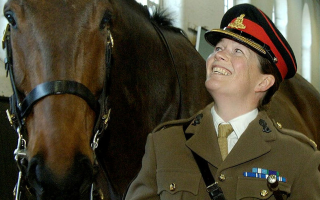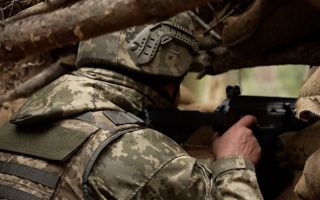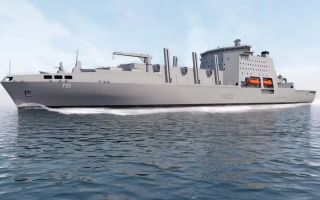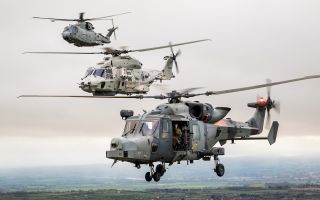Airpower on show: US and RN carriers combine to launch Hornets and Lightnings
The incredible firepower brought to the Indo-Pacific by HMS Prince of Wales has been augmented by a US Navy carrier as the vessels take part in Exercise Talisman Sabre.
The Royal Navy's flagship was joined by the Nimitz-class aircraft carrier USS George Washington off the northern coast of Australia.
The two warships are taking part in the three-week multinational exercise that's being led by Australia and involves 19 nations.
- Fast and furious: Carrier Strike Group 25's air element takes off on Talisman Sabre
- Forecast is clear skies and plain sailing for Austraoian weatherman on Prince of Wales
- Carrier Strike Group 25 sails towards Australia for the largest-ever Exercise Talisman Sabre
George Washington can carry around 90 fixed-wing aircraft and helicopters, with the fixed-wing element currently being comprised of a mix of single and two-seat F/A-18 Super Hornets, plus F-35 Lightning IIs.
The ultimate plan is to phase out the Super Hornets in favour of an all-F-35 fixed-wing force.
HMS Prince of Wales, meanwhile, carries F-35Bs – which the RAF and Royal Navy refer to as just the Lightning, rather than Lightning II, plus helicopters.
While her usual rotary wing complement is made up of Merlins and Wildcats, she can even take Apaches and Chinooks, although these are not currently deployed.
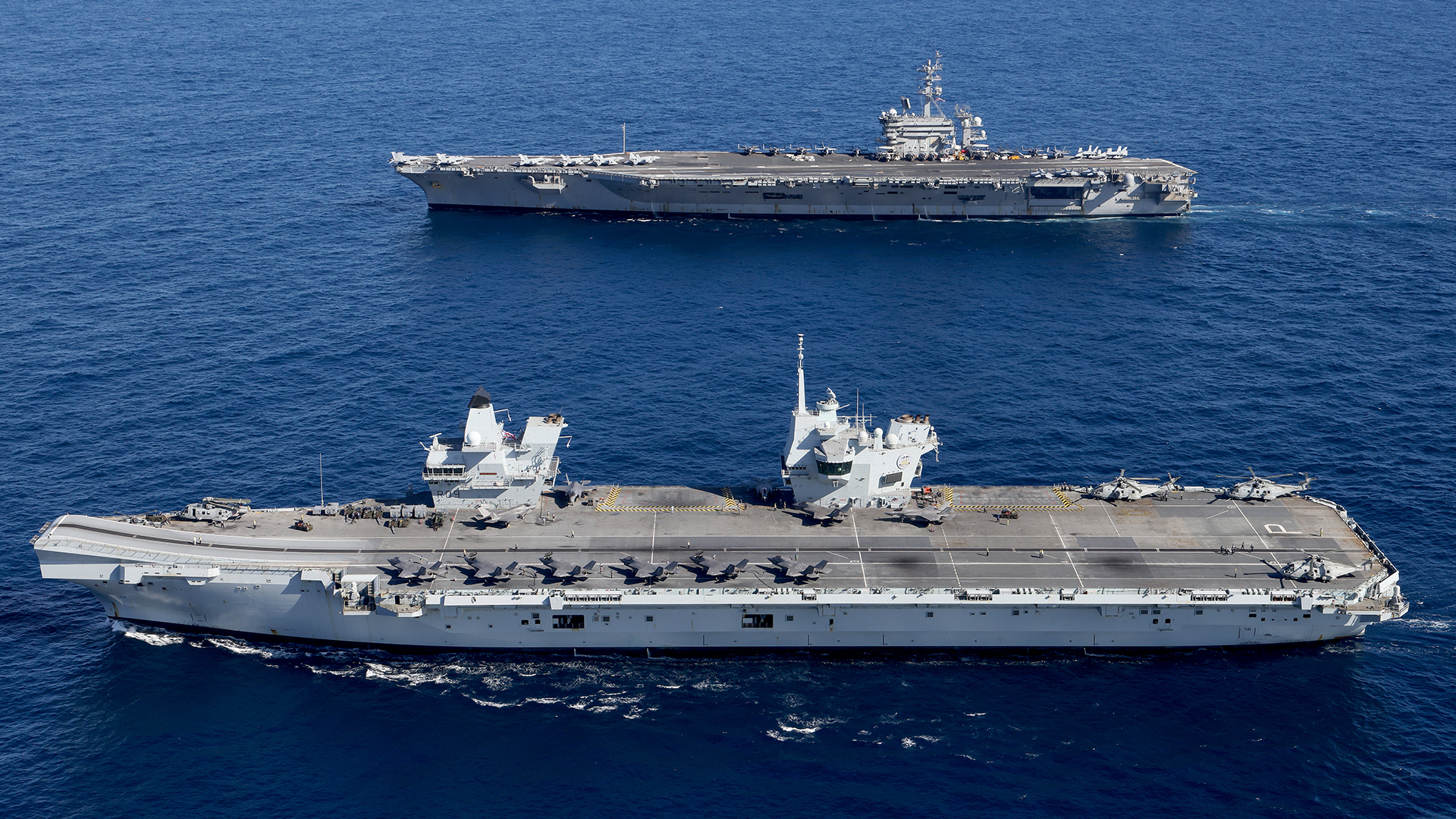
With the two carriers offering a powerful demonstration of the allies' naval strengths, the exercise also highlights the deep operational ties between other partner nations including Australia, Canada and Norway.
Talisman Sabre is a multi-domain exercise, with the naval component showcasing advanced maritime capabilities and a dynamic display of readiness across the Indo-Pacific.
Spread over a vast area spanning the Northern Territory and Queensland from Darwin to Brisbane, the exercise involves around 35,000 military personnel.
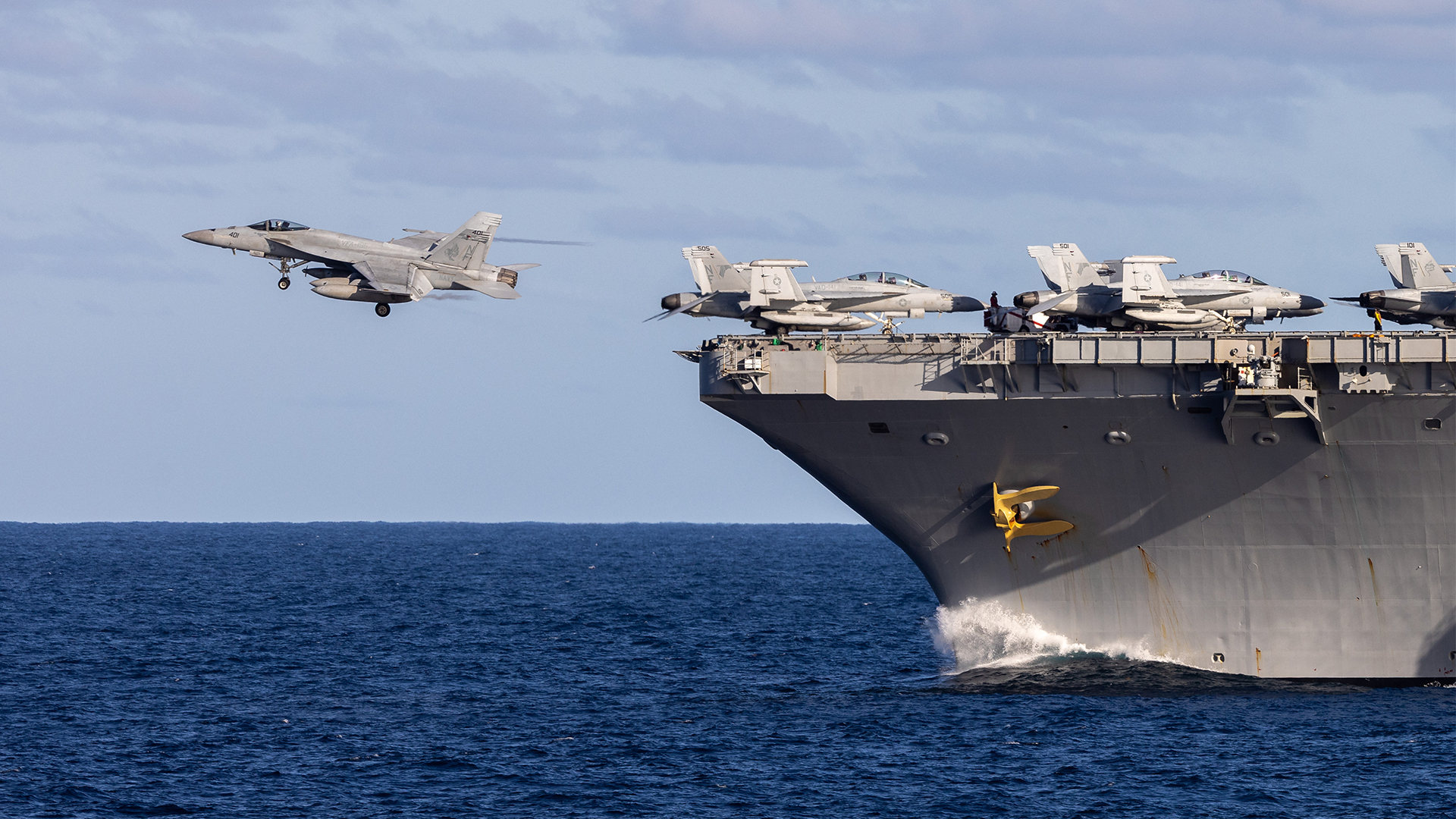
HMS Prince of Wales and her sister ship HMS Queen Elizabeth are configured to exclusively operate fast jets with a STOVL (short take-off/vertical landing) capability – the F-35B being the only Lightning variant to do this.
USS George Washington, on the other hand, is a more conventional carrier, using steam catapults to launch her aircraft – these being the F/A-18 Super Hornet and F-35C.
While the C does not have the STOVL capability of the B, it has an increased range and a greater payload.
It has a larger wing, two nose wheels and a sturdier landing gear for catapult-assisted take-offs and arrested landings.
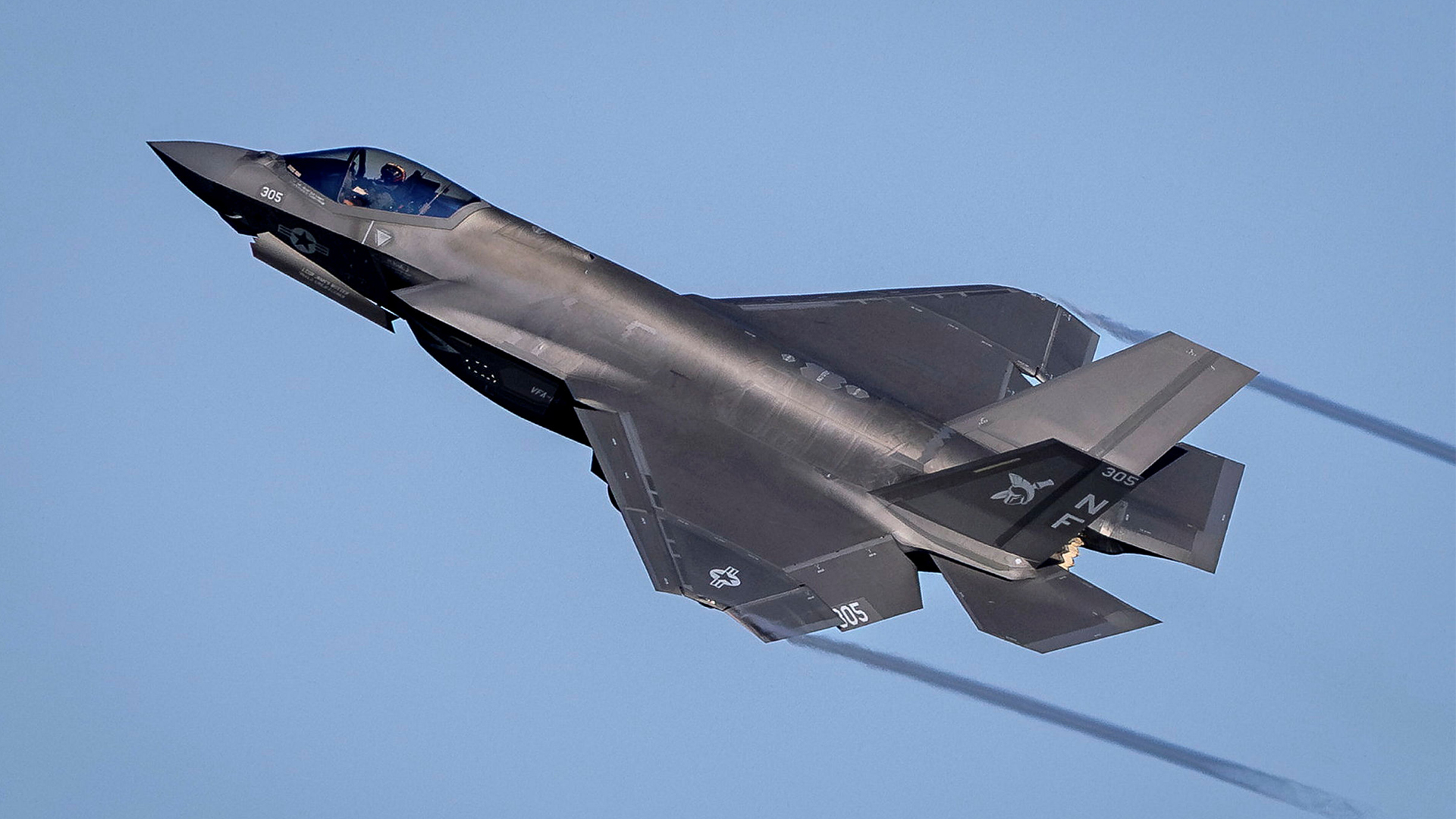
As the US Navy points out, with nearly 450 pounds of pressure in their pistons, the steam-powered catapults aboard the ship are no simple machines - they require constant care and maintenance.
Halfway through a Nimitz-class carrier's 50-year lifespan, they complete something called a refuelling complex overhaul (RCOH).
The RCOH is a multi-year maintenance period that refurbishes and upgrades nearly every system aboard, including the ship's nuclear reactors, weapons and navigation systems, and the aircraft catapults.
In contrast, HMS Prince of Wales has a "ski jump" to help the F-35Bs launch without the need for catapult assistance.
While the aircraft can take off vertically, this would use up too much fuel, so the QE-class carriers are equipped with a flight deck.
Another distinctive feature is the fact that HMS Prince of Wales has two islands – the fore island houses the bridge, while the aft island is where air operations are controlled.
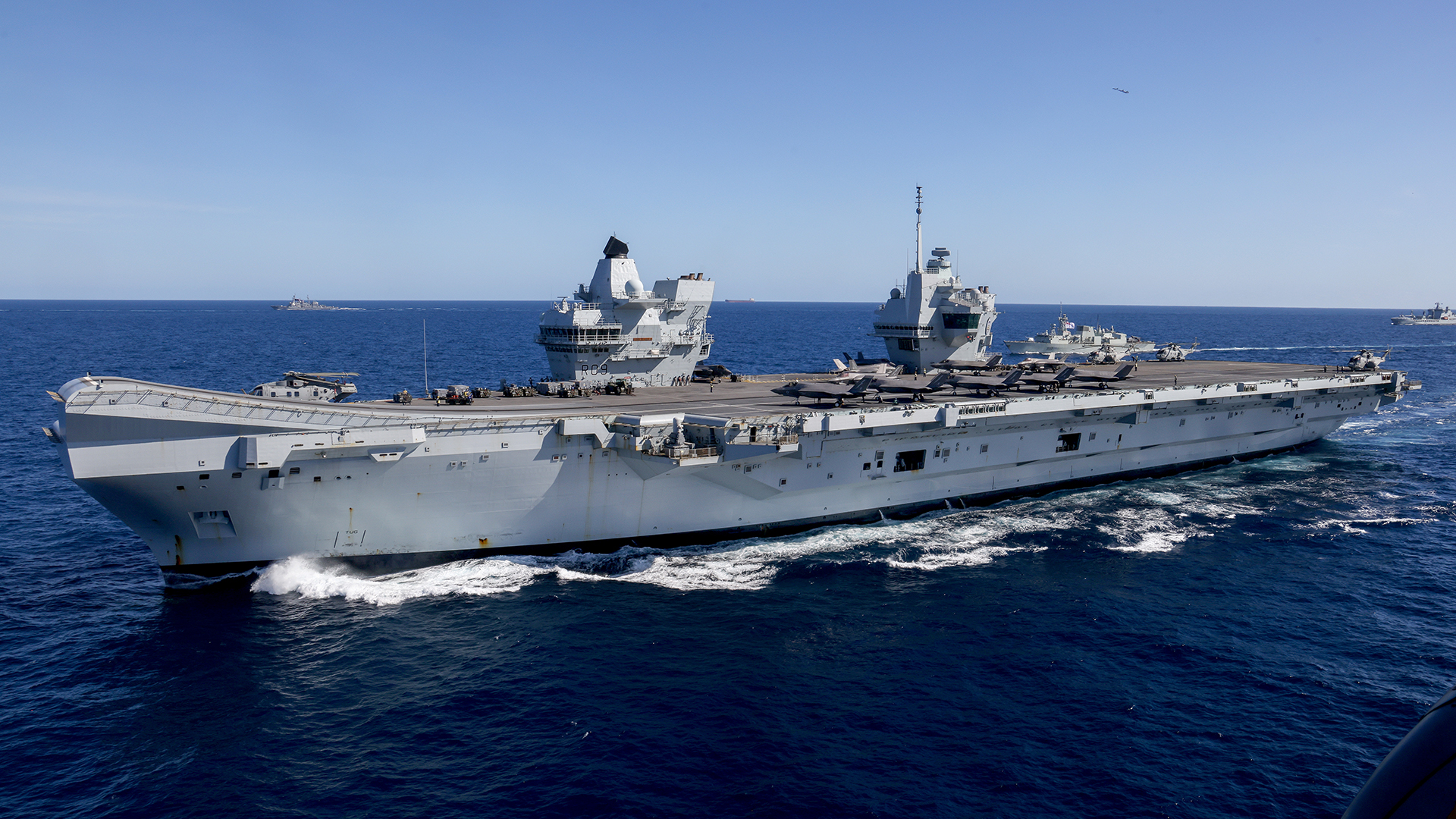
While air operations are directed from the rear island, the flight deck crew are the ones who control the movement of the aircraft on the carrier.
These people are a combination of mechanical, avionics and weapons engineers.
They recently oversaw an eight-ship launch of F-35Bs from 617 Squadron on the exercise.

Deck crews on conventional carriers like the USS George Washington are every bit as important – but their precise roles will differ due to the way the aircraft take off and land.
And unlike HMS Prince of Wales, the US Navy carrier has a single island.
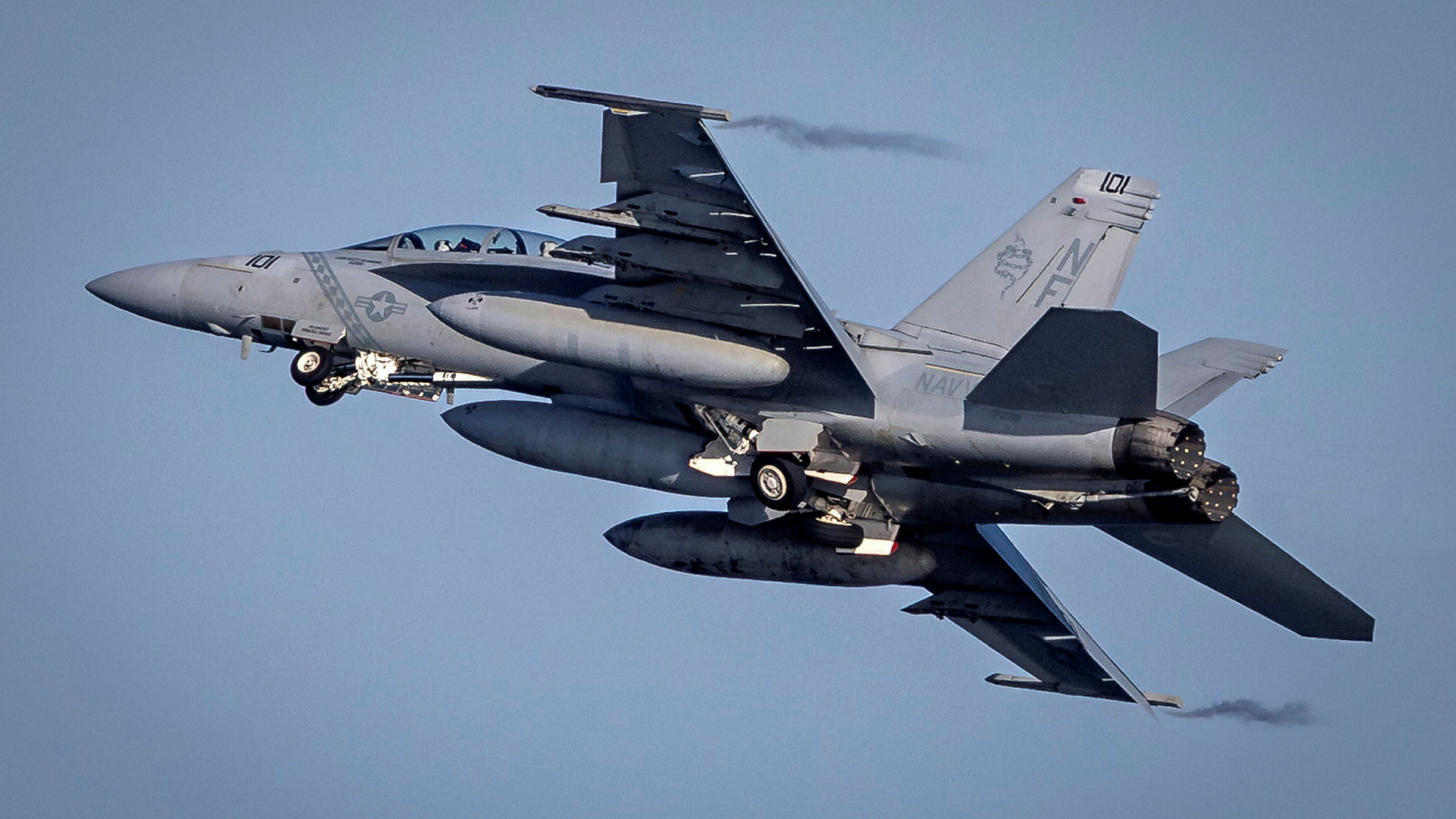
While the current focus is on the maritime element of the exercise, Talisman Sabre is multi-domain.
The land warfare element has seen rocket artillery from several partner nations in use, as well as ground-launched drones and armour – including South Korean K1A2 main battle tanks.
Royal Marines Commandos have also been in action further south in New South Wales, putting their house-clearing skills to the test.

